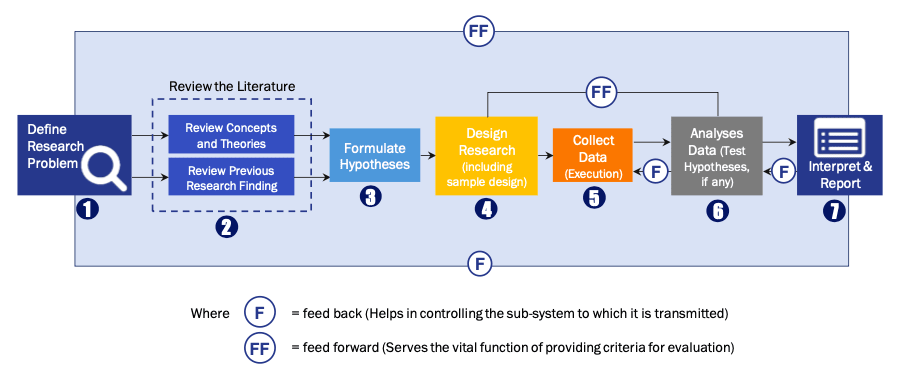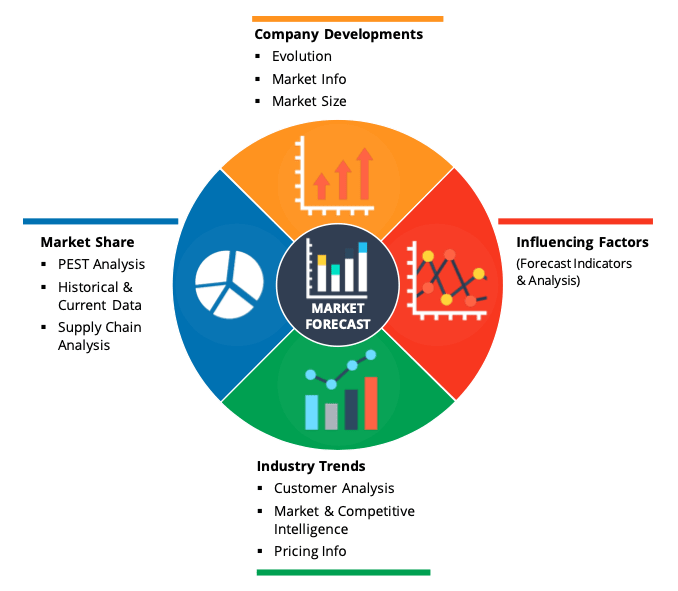Market OverviewThe demand for various wearable medical devices as well as patient monitoring systems is expected to rise over forecast period due to shifting consumer inclinations towards healthier lifestyle therefore driving the growth in coming years. Additionally, increasing incidences of various lifestyle-associated diseases needing continuous monitoring, which is anticipated to lead to upsurge in demand for connected healthcare devices during the forecast period. Furthermore, the advantages related with usage and availability of the advanced products, such as adapters, remote sensors, and connected communication devices are factors further supplementing the market growth.
Additionally, rising demand for the greater access to the patient health information is vital factor leading towards market growth. In addition, raised awareness as a result of supportive initiatives by the government and various non-profit organizations, including HIMSS i.e. Healthcare Information and Management Systems Society are expected to aid this industry with the future growth prospects. The increasing emphasis on development of progressive healthcare solutions with sufficient availability of funds is anticipated to boost R&D investments in connected health and wellness devices market. The government organizations, Healthcare Research and Quality (AHRQ), offer the funds to expand health information systems in U.S., which is likely to further fuel industry growth in the region.
Segment OverviewHealthcare analytics segment is anticipated to show profitable growth over forecast period due to the increasing pressure on the hospitals to curb the healthcare costs, availability of the big data analytics, and penetration of electronic health record (HER) systems in the medical settings. The rising need to increase value-based outcomes in healthcare sector and adoption of patient-centric approach are major factors propelling segment’s growth.
Regional OverviewIn 2019, North America held a considerable share of overall market, which is credited to presence of encouraging reimbursement policies and large population using the wearable medical devices. Furthermore, the following changes in demographic trends comprising the growing elderly population and unhealthy routines are expected to drive industry growth.
Asia Pacific is recognised to grow at fastest CAGR over forecast period owing to the growing government initiatives aiming the improvisation of healthcare infrastructure.
Competitor overviewThe market players are concentrating on development of technologically advanced and cost efficient devices, which offer ease to the consumers. Strategic alliances such as promotional activities, partnership agreements, and acquisitions with new product development are leading to the high market rivalry.
In May 2016, Philips Healthcare declared eHealth initiative that offers care to the patients with the chronic diseases across European region to generate awareness amongst the consumers and also to generate revenue. The above-mentioned factors are anticipated to contribute to the growth of connected healthcare devices industry in coming years.
Key Players
- Omron Healthcare, Inc.,
- McKesson Corporation,
- Philips Healthcare Company,
- GE Healthcare, Inc.,
- Draeger Medical Systems, Inc.,
- Fitbit, Inc.,
- St. Jude Medical, Inc.,
- Medtronic Plc,
- Aerotel Medical Systems Ltd.,
- Boston Scientific Corporation,
- Body Media, Inc,
- Garmin International, Inc.,
- Microlife Corporation,
- Masimo Corporation,
- AgaMatrix, Inc.,
- Apple, Inc.
Market SegmentationBy Type
- Healthcare IT
- Health Information Exchange
- Healthcare Analytics
By Product
- Personal Medical Devices
- Insulin Pump
- BP Monitors
- Glucose Monitors
- Others
- Software & Services
- Online Subscription
- Fitness & Wellness app
- Others
By End Use
- Hospitals
- Individual Customers
- Others
By Geography
- North America
- Europe
- UK
- Germany
- France
- Italy
- Spain
- Rest of Europe
- Asia-Pacific
- Japan
- China
- India
- Australia
- South Korea
- Rest of Asia-Pacific
- LAMEA
- Brazil
- Saudi Arabia
- UAE
- Rest of LAMEA
Research Process
Data Library Research are conducted by industry experts who offer insight on
industry structure, market segmentations technology assessment and competitive landscape (CL), and penetration, as well as on emerging trends. Their analysis is based on primary interviews (~ 80%) and secondary research (~ 20%) as well as years of professional expertise in their respective industries. Adding to this, by analysing historical trends and current market positions, our analysts predict where the market will be headed for the next five years. Furthermore, the varying trends of segment & categories geographically presented are also studied and the estimated based on the primary & secondary research.
In this particular report from the supply side Data Library Research has conducted primary surveys (interviews) with the key level executives (VP, CEO’s, Marketing Director, Business Development Manager
and SOFT) of the companies that active & prominent as well as the midsized organization
FIGURE 1: DLR RESEARH PROCESS

Primary Research
Extensive primary research was conducted to gain a deeper insight of the market and industry performance. The analysis is based on both primary and secondary research as well as years of professional expertise in the respective industries.
In addition to analysing current and historical trends, our analysts predict where the market is headed over the next five years.
It varies by segment for these categories geographically presented in the list of market tables. Speaking about this particular report we have conducted primary surveys (interviews) with the key level executives (VP, CEO’s, Marketing Director, Business Development Manager and many more) of the major players active in the market.
Secondary Research
Secondary research was mainly used to collect and identify information useful for the extensive, technical, market-oriented, and Friend’s study of the Global Extra Neutral Alcohol. It was also used to obtain key information about major players, market classification and segmentation according to the industry trends, geographical markets, and developments related to the market and technology perspectives. For this study, analysts have gathered information from various credible sources, such as annual reports, sec filings, journals, white papers, SOFT presentations, and company web sites.
Market Size Estimation
Both, top-down and bottom-up approaches were used to estimate and validate the size of the Global market and to estimate the size of various other dependent submarkets in the overall Extra Neutral Alcohol. The key players in the market were identified through secondary research and their market contributions in the respective geographies were determined through primary and secondary research.
Forecast Model


